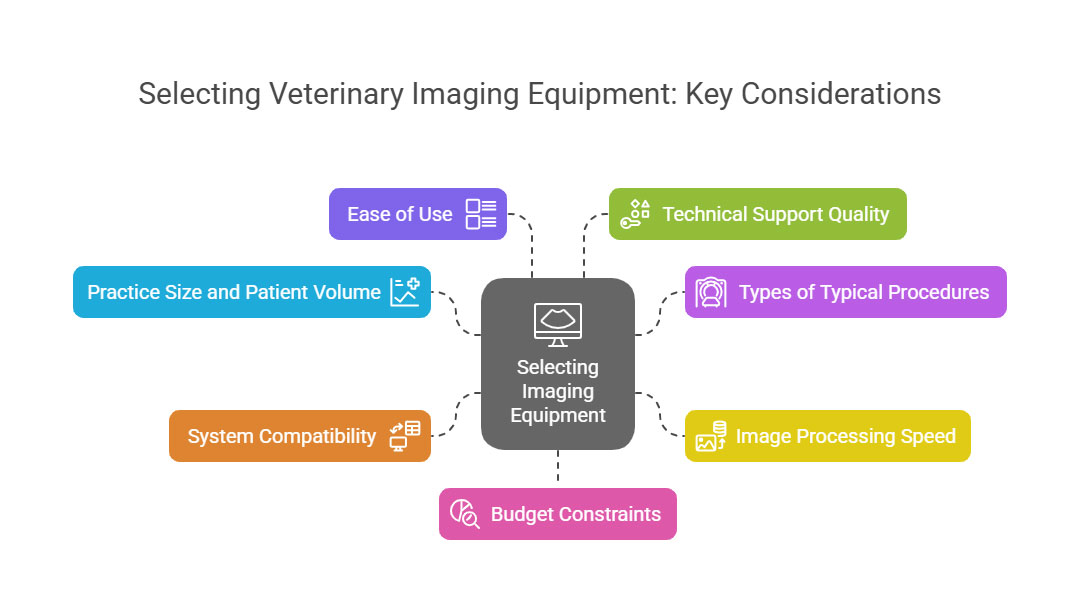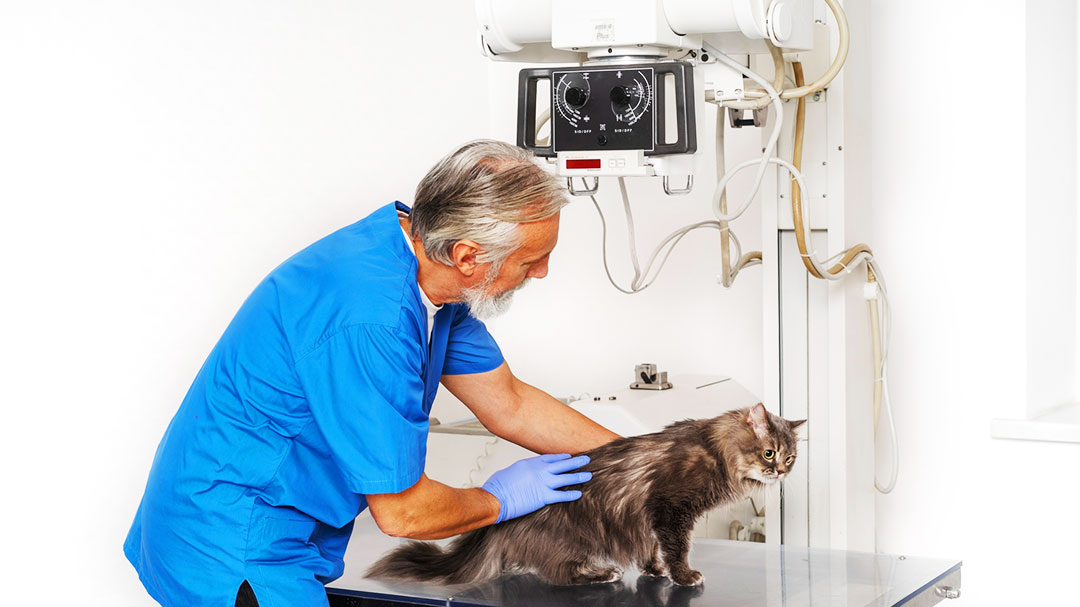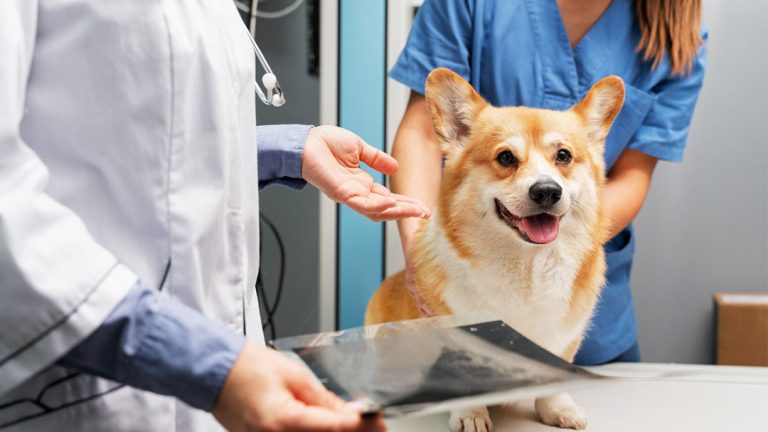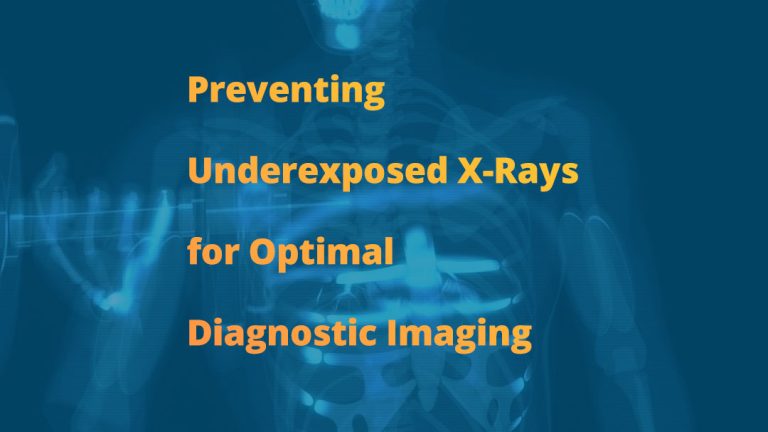The realm of veterinary medicine is swiftly advancing, with technology being pivotal in enhancing diagnostic precision and patient treatment. A significant area of technological progress is veterinary radiology, where digital radiography has revolutionized the methods of capturing, analyzing, and distributing images.
The Digital Radiography Revolution
Digital radiography has replaced traditional film-based systems, offering numerous benefits that enhance both the efficiency and quality of veterinary care. Here are some key advantages of digital radiography:
- Instant Image Availability: Digital x-ray systems provide images within seconds, allowing for quicker diagnosis and treatment planning.
- Reduced Radiation Exposure: Digital systems require less radiation to produce high-quality images, making them safer for both animals and staff.
- Cost Savings: The elimination of film and chemical processing reduces operational costs significantly.
- Superior Image Quality: Digital images can be easily manipulated for better visualization, and they offer superior clarity compared to traditional film.
- Electronic Storage and Sharing: Images can be stored digitally and shared seamlessly with specialists or other healthcare providers, facilitating remote consultations and second opinions.
Types of Digital Imaging Technology
There are two primary types of digital radiography systems: Digital Radiography (DR) and Computed Radiography (CR).
- Digital Radiography (DR): This is the highest-end technology, using a direct digital sensor to capture images immediately. DR systems offer the fastest processing times but come with a higher initial investment.
- Computed Radiography (CR): This is a more affordable alternative that uses imaging plates. While slightly slower than DR, CR systems can be retrofitted to existing equipment, making them a cost-effective option for practices looking to upgrade without a full overhaul.
Portable X-Ray: A Game-Changing Innovation
Portable x-ray units have been particularly beneficial for large animals and mobile veterinary practices. These devices allow for on-site imaging, reducing the need to transport animals to a clinic, which can be stressful and logistically challenging.
Key Benefits:
-
- On-Site Imaging: Diagnostic capabilities are brought directly to the patient.
- Reduced Stress: Minimizes the need for animal transportation.
- Quick Image Acquisition: Fast and efficient imaging process.
- Seamless Integration: Easily integrates with digital workflows for streamlined operations.

Choosing the Right Equipment for Your Practice
Selecting the appropriate imaging equipment is crucial for maximizing efficiency and effectiveness in veterinary radiology. Here are some factors to consider:
- Practice Size and Patient Volume: Larger practices may require more advanced systems to handle higher volumes.
- Types of Typical Procedures: Consider the types of imaging needed most frequently.
- Image Processing Speed: Faster systems can improve workflow efficiency.
- System Compatibility: Ensure new equipment integrates well with existing systems.
- Ease of Use: User-friendly systems reduce training time and errors.
- Technical Support Quality: Reliable support is essential for minimizing downtime.
- Budget Constraints: Balance cost with the needs of your practice.
Advanced Imaging Technologies
While x-rays remain fundamental, other technologies provide deeper insights into animal health:
- Computed Tomography (CT): Offers 3D anatomical imaging with exceptional detail, ideal for complex cases and surgical planning.
- Magnetic Resonance Imaging (MRI): Provides high-resolution visualization of soft tissues without ionizing radiation, critical for neurological evaluations.
Workflow Optimization Strategies
Technology alone is not enough; smart protocols are necessary to maximize efficiency in veterinary radiology. Here are some strategies for optimizing workflows:
Standardizing Radiographic Procedures
- Patient Positioning: Use sedation when appropriate and leverage positioning aids like sandbags and foam wedges to ensure consistent positioning standards.
- Exposure Settings: Develop technique charts specific to your x-ray system and understand kVp and mAs settings. Properly collimate the x-ray beam to reduce radiation exposure.
- Error Reduction: Create clear positioning guides, provide ongoing staff training, and implement quality control checks to minimize errors.
Emerging Technologies: AI and Cloud Solutions
- Artificial Intelligence (AI): AI tools like SignalPET and Vetology AI can quickly screen images, highlight potential areas of concern, and reduce interpretation time, supporting clinical judgment without replacing it.
- Cloud-Based Imaging: Modern cloud platforms allow for secure image storage, easy sharing with specialists, remote consultations, and accessibility from anywhere, enhancing collaboration and patient care.
The Bottom Line
Digital transformation in veterinary radiology is not just about acquiring new equipment; it’s about creating a smarter, more efficient workflow. By carefully selecting technology, implementing standardized protocols, and embracing innovation, veterinary practices can significantly improve their radiography departments. The goal is to have the most effective system for your specific practice, not necessarily the most expensive one. Taking the time to evaluate, plan, and invest wisely will lead to better patient care, reduced stress, improved diagnostic accuracy, and cost savings.
The integration of digital radiography and advanced imaging technologies has transformed veterinary radiology, offering faster, more accurate diagnostics with reduced stress and cost. By concentrating on choosing the right equipment, optimizing workflows, and adopting new technologies such as AI and cloud solutions, veterinary practices can improve patient care and maintain a competitive edge in the industry. Whether you’re a small mobile clinic or a large veterinary hospital, the appropriate technology and workflow strategies are crucial for providing top-notch care.
Frequently Asked Questions
What are the main benefits of digital radiography over traditional film-based systems?
Digital radiography offers instant image availability, reduced radiation exposure, superior image quality, and the elimination of film and chemical processing costs. It also allows for easy electronic storage and sharing of images.
What types of digital radiography systems are available for veterinary practices?
There are two primary types: Digital Radiography (DR) and Computed Radiography (CR). DR systems use a direct digital sensor for fast image capture, while CR systems use imaging plates that can be retrofitted to existing equipment.
How does digital radiography improve patient care?
Digital radiography improves patient care by providing faster diagnosis, reducing the need for retakes, and allowing for better image quality. This leads to more accurate diagnoses and quicker treatment decisions.
Can digital radiography systems be used for large animals?
Yes, portable digital x-ray units are particularly useful for large animals and mobile practices. They allow for on-site imaging, reducing the need to transport animals to a clinic.
How does digital radiography impact the environment and operational costs?
Digital radiography eliminates the need for film and chemical processing, reducing operational costs and environmental impact. It also saves space by eliminating the need for film storage.



